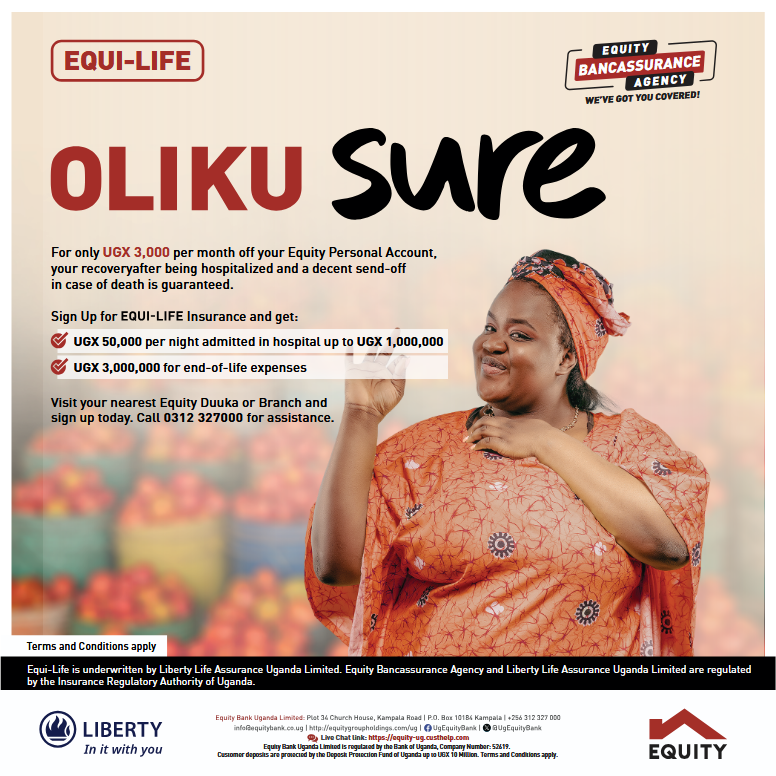All Uganda’s past presidents have passed on but we seem to have forgotten them. Ugandans need to take some lessons from the South Africans who have kept Nelson Mandela alive by honouring him and turning some sites into tourism sites.
The road block at which Mandela was arrested to start his 27 years in prison has since become a tourism site.
Former president late Nelson Mandela had been on the run from the South African apartheid government for 17 months, a feat that had earned him the name ‘Black Pimpernel’.
But his luck was about to run out when police waved down an Austin Westminster on 5 August 1962 at a roadblock on the R103 near Howick in KwaZulu-Natal.
At the wheel was Mandela, posing as a chauffeur, with fellow comrade Cecil Williams in the passenger seat.
The two men had just visited Chief Albert Luthuli, then leader of the African National Congress, to report back on Mandela’s trip abroad, where he had received military training in Algeria and had been to London to drum up support for the liberation movement.
Although Mandela insisted he was simply a chauffeur named David Motsamayi, the police were on to him (some say with the help of the CIA), and he was promptly arrested. His capture marked the start of Mandela’s 27-year imprisonment and the journey that he would later call ‘the long walk to freedom’.
Until relatively recently, the Mandela Capture Site was just a small bricked area with a plaque. But on the 50th anniversary of this event in 2012, an impressive steel sculpture and visitor centre was unveiled to give full recognition to the significance of this spot.
Designed by artist Marco Cianfanelli (of Apartheid Museum fame) with the help of architect Jeremy Rose, the sculpture creates something of an optical illusion. From a distance, the 50 steel poles of varying heights simply look like a random collection of poles, but as you approach to within 35m of the sculpture, they merge to form an image of Mandela’s face.
Mandela’s arrest that day was not only the start of a long, dark period in the liberation struggle, but also set Mandela on the path to becoming the world’s most famous political prisoner, and ultimately the first president of a democratic South Africa.







